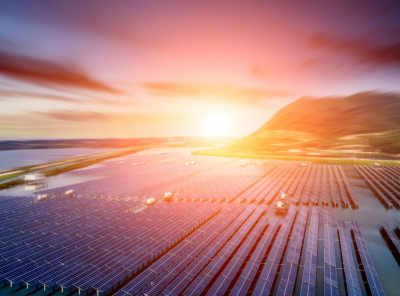What is Active Solar Energy?
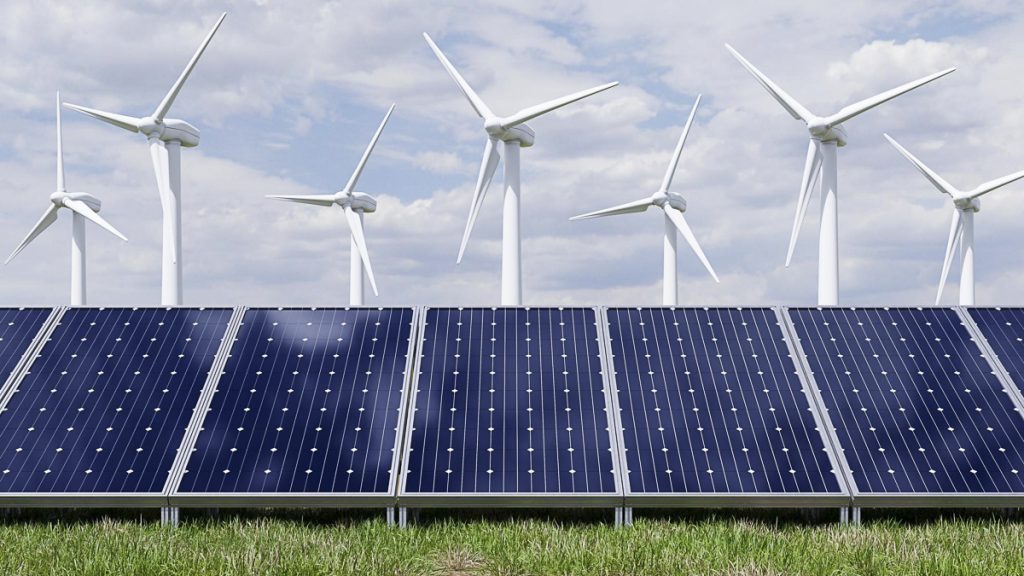
Active solar energy is a powerful and sustainable solution that harnesses the abundant energy of the sun to generate electricity and heat. As the world becomes increasingly aware of the need to transition to renewable energy sources, active solar energy has emerged as a key player in the fight against climate change and the quest for energy independence.
In this blog post, we continue our series of 5 Articles About Solar Power in South East Asia and will explore what active solar energy is, how it works, its benefits, applications, challenges, and its promising future outlook. This short series comes to an end with a look at the rise of Solar in Southeast Asia, we hope you have enjoyed the series.
First thing first, what is active solar energy? Active solar energy refers to the utilization of technology to convert sunlight into usable energy. Unlike passive solar energy, which relies on natural processes such as the orientation of buildings or the use of materials to absorb and store heat, active solar energy involves the use of specialized equipment and systems to capture and convert sunlight into electricity or heat.
The importance and relevance of active solar energy in today’s world cannot be overstated. With the rising global demand for energy and the increasing concerns about climate change, active solar energy offers a clean, renewable, and sustainable alternative to traditional fossil fuel-based energy sources.
By harnessing the power of the sun, active solar energy reduces greenhouse gas emissions, decreases reliance on non-renewable resources, and promotes a greener and more sustainable future.
Keep reading as we unfold the true essence of active solar energy!
How Active Solar Energy Works

Let’s delve deeper and understand the mechanism behind this renewable source of energy.
A. Photovoltaic (PV) systems
Solar panels, also known as photovoltaic (PV) panels, are the key component of active solar energy systems. These panels consist of multiple silicon cells that absorb sunlight and convert it into direct current (DC) electricity through the photovoltaic effect. The cells comprise layers of semiconducting materials, such as silicon, which generate an electric current when exposed to sunlight.
The electricity generated by solar panels is in the form of direct current (DC), which is not directly compatible with the electrical grid or most household appliances.
Inverters play a crucial role in active solar energy systems by converting the DC power generated by the solar panels into alternating current (AC) power. AC power is the standard form of electricity used in homes, businesses, and industries.
Once the solar panels have converted sunlight into AC power, they can be used to power electrical loads within the building where the system is installed. If the solar energy generation exceeds the immediate demand, the surplus electricity can be either stored in batteries for later use or fed back into the electrical grid.
This grid connection allows for a seamless integration of solar energy into the existing electrical infrastructure.
B. Solar thermal systems
Solar thermal systems utilize solar collectors to capture the sun’s heat and transfer it to a working fluid, typically water or air. These collectors can take various forms, such as flat plate collectors or evacuated tube collectors. The collectors are designed to maximize the absorption of solar radiation and convert it into heat energy.
Once the working fluid is heated by the solar collectors, it can be used for various purposes. In the case of solar water heating systems, the heated water can be stored in a tank and used for domestic hot water supply or space heating. In solar air heating systems, the heated air can be circulated through ducts to provide space heating in buildings.
Benefits of Active Solar Energy

Active solar energy offers a wide range of benefits that make it a compelling choice for individuals, businesses, and communities. Let’s explore some of the key advantages:
A. Environmental advantages
One of the most significant environmental benefits of active an solar system is its ability to reduce greenhouse gas emissions.
By generating electricity and heat from sunlight, active solar energy systems produce clean energy without burning fossil fuels, thereby minimizing the release of harmful pollutants into the atmosphere.

Active solar energy helps decrease our dependence on finite fossil fuel resources, such as coal, oil, and natural gas. As these resources become scarcer and their extraction becomes more challenging, transitioning to renewable energy sources like active solar energy is crucial for long-term sustainability.
B. Economic advantages
Active solar energy allows consumers to generate their own electricity, which can lead to significant cost savings on electricity bills over time. By producing energy from the sun, individuals and businesses can offset or even eliminate their need to purchase electricity from traditional utility providers.
Many governments and local authorities offer incentives and tax credits to promote the adoption of active solar energy.
These financial incentives can help reduce the upfront costs of installing solar energy systems, making it a more affordable option for homeowners and businesses.
C. Energy independence and resilience
Active solar energy systems, particularly those with battery storage, provide a level of energy independence and resilience during power outages. With an independent source of electricity, individuals and communities can continue to power essential appliances and maintain basic functions during disruptions in the grid.
Active solar energy allows for the generation of sustainable energy locally, reducing the need for long-distance transmission of electricity. This localized energy generation promotes energy self-sufficiency and resilience, as it minimizes the vulnerability to disruptions in the energy supply chain.
Applications of Active Solar Energy System
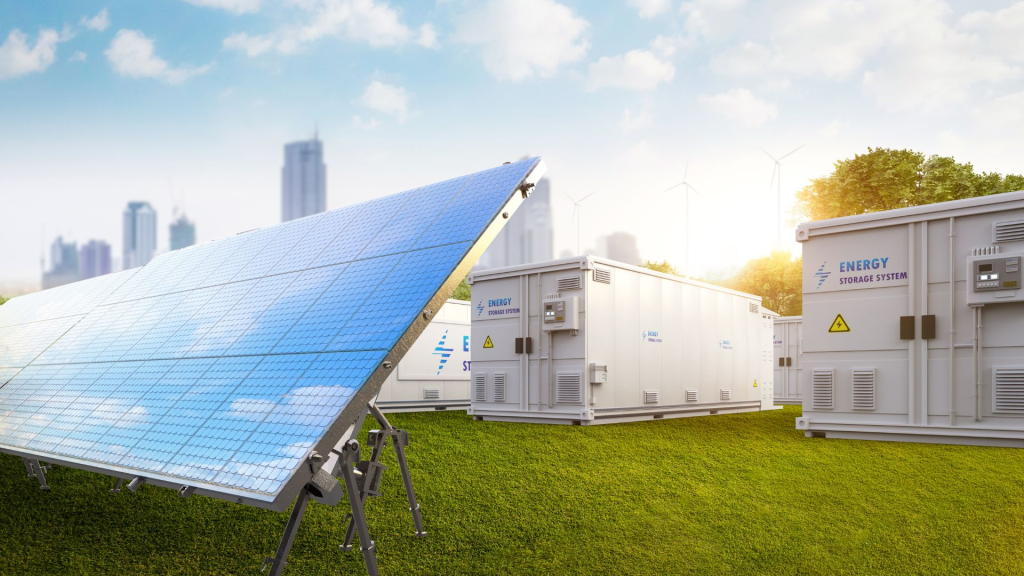
Active solar energy systems have a wide range of applications across various sectors, enabling the transition to cleaner and more sustainable energy sources.
A. Residential sector
- Rooftop solar installations for homes.
- Active solar energy systems are commonly installed on residential rooftops, allowing homeowners to generate their own electricity and reduce reliance on the grid. Rooftop solar installations consist of photovoltaic (PV) panels that capture sunlight and convert it into electricity, providing a renewable source of power for household needs.
Solar water heating systems.
Active solar heating systems utilize solar thermal technology to heat water for domestic use. These systems typically include solar collectors that absorb sunlight and transfer the heat to water, which can be stored in tanks for later use. Solar water heaters offer an energy-efficient and sustainable alternative to traditional water heating methods.
B. Commercial and industrial sector
- Integration of solar panels in commercial buildings.
- Many businesses and industries integrate active solar energy systems by installing solar panels on their commercial buildings. This enables them to generate clean energy, reduce electricity costs, and demonstrate their commitment to sustainability. Solar panels can be mounted on rooftops, facades, or open spaces near the buildings.
- Large-scale solar farms for energy generation.
- Active solar energy is also utilized on a large scale through the development of solar farms. These are vast areas covered with solar panels that generate significant amounts of electricity to supply the grid. Solar farms contribute to the overall renewable energy capacity, promoting a greener and more sustainable energy mix.

C. Transportation sector
- Use of solar-powered vehicles and charging stations.
- Active solar energy is making strides in the transportation sector by developing solar-powered vehicles. These vehicles incorporate solar panels on their surfaces, allowing them to generate electricity from the sun to power their engines. Solar-powered charging stations are also being deployed to provide renewable energy for electric vehicles.
- Integration of solar technology into public transportation.
- Solar technology is being integrated into public transportation systems, such as buses and trams. Solar panels are installed on the roofs or sides of these vehicles, enabling them to generate electricity and reduce reliance on external power sources. This integration helps reduce emissions and promote sustainable transportation options.

These applications contribute to a more sustainable future by reducing reliance on traditional energy sources and promoting the use of clean and renewable energy.
Challenges and Limitations of Active Solar Energy
Active solar energy systems face certain challenges and limitations that need to be considered:
The initial cost of installation: The expense of solar panel systems can be a barrier for homeowners and businesses, although the long-term return on investment can offset the upfront costs.
Dependence on sunlight availability: Weather conditions, such as cloudy or overcast days, can impact energy production. Seasonal variations also affect solar energy generation.
Storage and distribution of excess energy: An efficient solar energy storage system is needed to store surplus energy generated by solar panels. However, the cost and maintenance of these systems can be a limitation.
Grid integration challenges: Integrating active solar energy systems with the electrical grid can present technical difficulties. Power fluctuations and grid compatibility need to be addressed, and regulatory frameworks may vary.
Despite these challenges, ongoing advancements in technology, decreasing costs, and government incentives are helping to overcome these limitations and make active solar energy more accessible and widespread.
Future Outlook of Active Solar Energy
The future of active solar energy is bright, driven by technological advancements and increasing adoption. Efforts are underway to develop more efficient solar panels, improving their performance and cost-effectiveness.
Integration with smart grids allows for better management and utilization of solar power. The global demand for renewable energy is growing, creating opportunities for active solar systems to become mainstream.
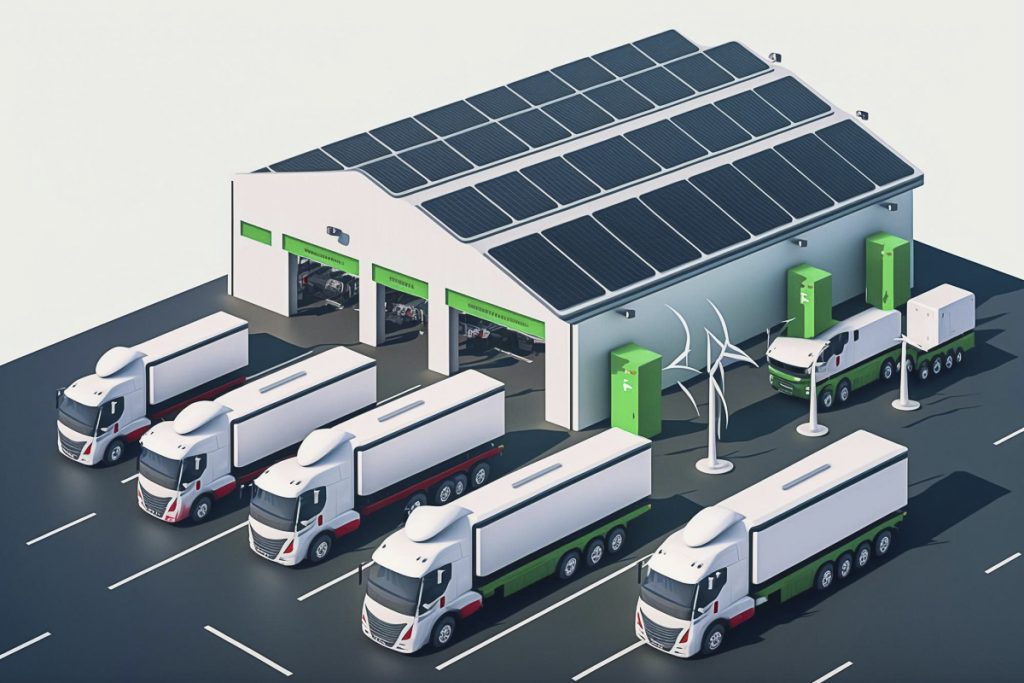
Favourable policies and decreasing costs contribute to its potential as a significant player in the energy landscape.
As solar technology continues to advance and economies of scale come into play, active solar energy will play an essential role in our transition to cleaner and sustainable energy sources.
What are the two active solar heating systems?
The two active solar heating systems are active solar air heating and active solar water heating.
What is active solar space heating?
Active solar space heating is a system that utilizes heat transfer fluid to collect and store solar energy, which is then used to heat indoor spaces. It involves using pumps or fans to optimize heat transfer and distribute the heat throughout the building.
What is the difference between active and passive solar energy?
The difference between active and passive solar energy lies in how they are utilized. Active solar energy involves the use of mechanical or electrical devices, such as pumps or fans, to collect and distribute solar energy.
Passive solar energy, on the other hand, relies on design techniques, such as orientation and insulation, to naturally harness and utilize solar energy without the need for additional mechanical systems. Passive solar heating techniques maximize the use of sunlight and heat retention within a building.
What are some examples of an active solar heating system?
Active solar heating systems, such as active solar pool heating, active solar water heating, and radiant heating systems, can be seen as examples.
These systems utilize the sun’s energy through the use of solar collectors or panels to heat water, air, or surfaces, providing warmth for swimming pools, domestic hot water, or the overall indoor space.
Final WordsAbout Active Solar.
Active solar energy offers a promising solution to our growing energy needs. Despite the initial costs and challenges, it provides an efficient, sustainable, and environmentally friendly alternative to fossil fuels.
As technological advancements continue and support for renewable energy grows, active solar systems will undoubtedly play a pivotal role in the transition towards a sustainable future.
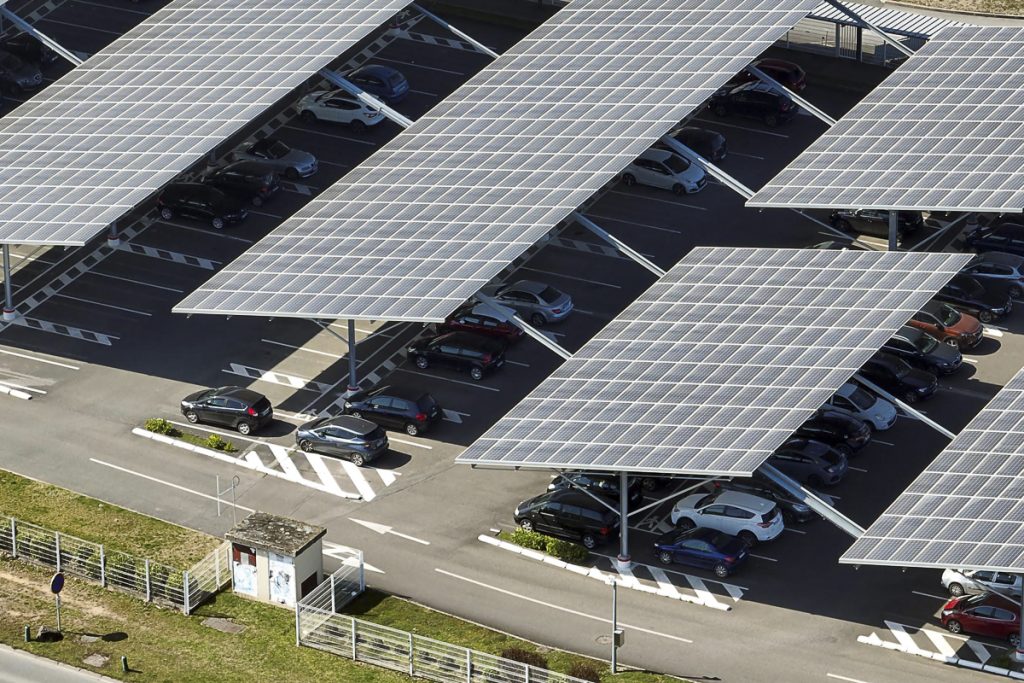
The potential of this energy source is vast, and harnessing it effectively and efficiently in the future can lead to remarkable changes in how we power our world.
Through active solar energy, we can strive for a cleaner, greener, and more sustainable planet.



